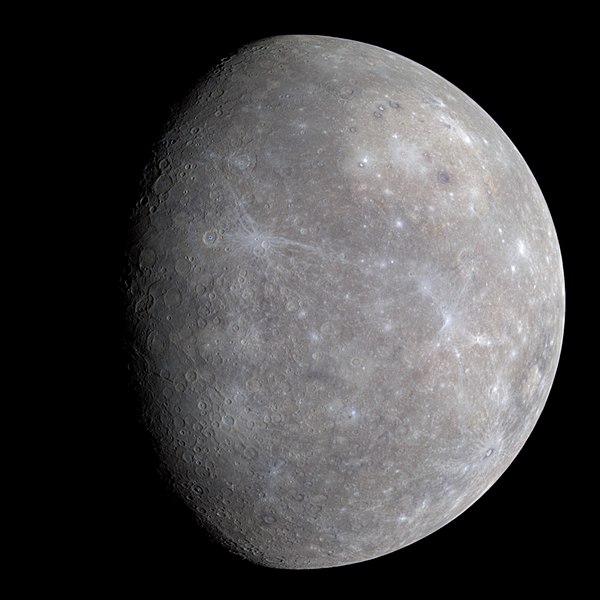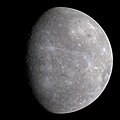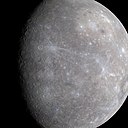Gepokan:Mercury in color - Prockter07-edit1.jpg

Ukuran ni terawangan: 600 × 600 piksel Resolusi laènnya: 240 × 240 piksel | 480 × 480 piksel | 768 × 768 piksel | 1.024 × 1.024 piksel | 1.950 × 1.950 piksel.
Gepokan asli (1.950 × 1.950 piksel, ukuran berekas: 734 KB, jenis MIME: image/jpeg)
Riwayat gepokan
Klik di tangga/waktu bakal ndeleng berekas sepagémana nongol tu waktu.
| Tanggal/Waktu | Longokan | Delokan | Pemaké | Sautan | |
|---|---|---|---|---|---|
| nyang paling baru | 3 Juni 2008 22.12 |  | 1.950 × 1.950 (734 KB) | Jjron | {{Information |Description={{Information |Description=Full color image of from first MESSENGER flyby |Source=NASA/JPL [http://messenger.jhuapl.edu/gallery/sciencePhotos/image.php?page=1&gallery_id=2&image_id=143] |Date=2008-01-30 |Author=NASA/[ |
Pemakéan gepokan
Ni halaman maké ni berekas:
Pemakéan gepokan kabèhan
Ni laèn wiki maké ni berekas:
- Pemakéan di ar.wikipedia.org
- المجموعة الشمسية
- عطارد
- كوكب
- بوابة:المجموعة الشمسية/مقالة متميزة
- ويكيبيديا:صور مختارة/الفضاء والكون/نظرة إلى الأعلى
- بوابة:علم الفلك/صورة مختارة
- ويكيبيديا:ترشيحات الصور المختارة/عطارد بالألوان
- ويكيبيديا:صورة اليوم المختارة/يناير 2018
- قالب:صورة اليوم المختارة/2018-01-13
- بوابة:علم الفلك/صورة مختارة/52
- بوابة:المجموعة الشمسية/مقالة متميزة/3
- ويكيبيديا:صورة اليوم المختارة/أغسطس 2021
- بوابة:كواكب
- بوابة:كواكب/كوكب مختار
- قالب:صورة اليوم المختارة/2021-08-24
- بوابة:كواكب/كوكب مختار/2
- Pemakéan di ary.wikipedia.org
- Pemakéan di arz.wikipedia.org
- Pemakéan di ast.wikipedia.org
- Pemakéan di as.wikipedia.org
- Pemakéan di azb.wikipedia.org
- Pemakéan di az.wikipedia.org
- Merkuri (planet)
- Planet
- Vikipediya:Həftənin seçilmiş məqaləsi/oktyabr 2016
- Vikipediya:Həftənin seçilmiş məqaləsi/42. Həftə 2016
- Portal:Günəş sistemi/Seçilmiş məqalə
- Portal:Günəş sistemi
- Vikipediya:Həftənin seçilmiş məqaləsi/sentyabr 2017
- Vikipediya:Həftənin seçilmiş məqaləsi/36. Həftə 2017
- Vikipediya:Həftənin seçilmiş məqaləsi/yanvar 2018
- Vikipediya:Həftənin seçilmiş məqaləsi/5. Həftə 2018
- Pemakéan di ba.wikipedia.org
- Pemakéan di bcl.wikipedia.org
- Pemakéan di beta.wikiversity.org
- Pemakéan di be.wikipedia.org
- Pemakéan di bh.wikipedia.org
- Pemakéan di ca.wikipedia.org
- Pemakéan di ca.wikinews.org
- Pemakéan di ckb.wikipedia.org
- Pemakéan di cr.wikipedia.org
- Pemakéan di cs.wikipedia.org
Deleng lebi banyak pemakéan global deri ni berekas.



